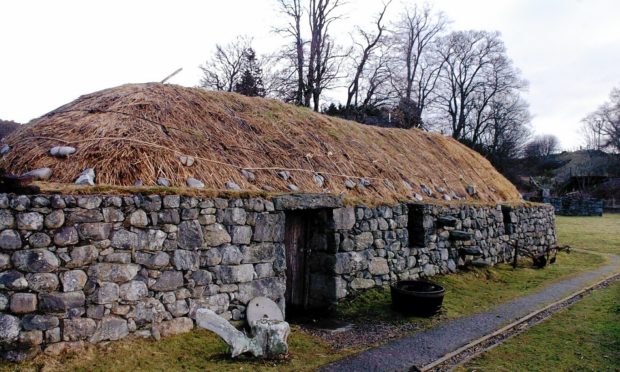The Highland Folk Museum will re-open to the public next week as more tourist attractions emerge from lockdown.
From July 29, the Newtonmore-based outdoor museum will open Wednesday to Sunday from 10.30 am to 4pm with last entry at 3pm. Customers will have to pre-book a time slot online to avoid congestion and reduce queuing times at the entrance.
To help with two metre social distancing restrictions, visitors are also being reminded to stay the length of a Highland cow apart.
The site, operated by High Life Highland, was due to reopen for the 2020 season in April.
Operations manager Lesley Junor said: “We are delighted to be able to welcome visitors to the Folk Museum next week as part of our bounceback campaign.
“Our priority is the safety of our staff and customers, while still providing an enjoyable experience when people come to visit. We are introducing a range of measures to ensure this as far as possible including asking customers to follow social distancing guidelines and wear a face covering when entering the shop.
“We have tried to make the experience as close to business-as-usual.”
The museum café is unable to open but will be providing a takeaway service in a newly created picnic area.
The museum covers an area a mile in length and has around 10,000 items of local, national and international importance. Visitors can discover how Highland people lived, worked, and dressed, how they produced food, cooked and what they ate from the 1700s up to 1950s.
Attractions include a 1930s working farm and a reconstruction of an early 1700s Highland township. Collections cover agriculture, domestic, crafts and trades, buildings, textiles and costumes and also sports and pastimes, including shinty artefacts and memorabilia.
Chief executive Steve Walsh added: “Our staff have been working extremely hard behind the scenes to get this amazing visitor attraction ready to welcome our customers back.
“The Highland Folk Museum is a big part of the local community offering to support tourism providers in the area and we are all looking forward to playing our part in bouncing back from the pandemic.”










